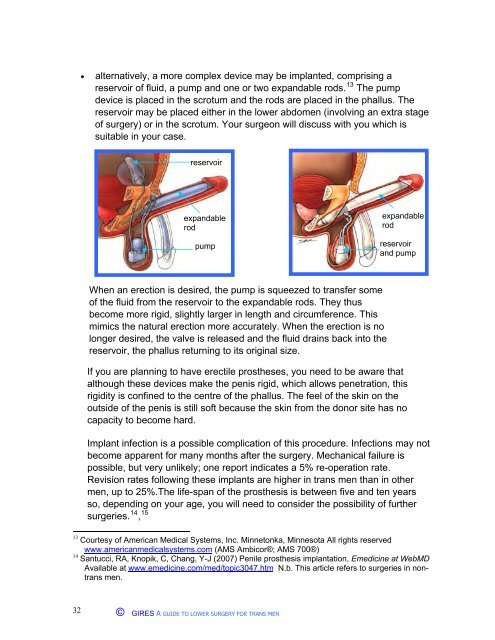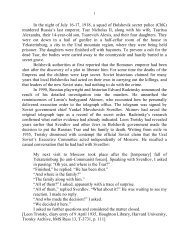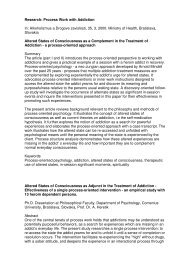A guide to lower surgery for trans men - Gender Identity Research ...
A guide to lower surgery for trans men - Gender Identity Research ...
A guide to lower surgery for trans men - Gender Identity Research ...
Create successful ePaper yourself
Turn your PDF publications into a flip-book with our unique Google optimized e-Paper software.
alternatively, a more complex device may be implanted, comprising a<br />
reservoir of fluid, a pump and one or two expandable rods. 13 The pump<br />
device is placed in the scrotum and the rods are placed in the phallus. The<br />
reservoir may be placed either in the <strong>lower</strong> abdo<strong>men</strong> (involving an extra stage<br />
of <strong>surgery</strong>) or in the scrotum. Your surgeon will discuss with you which is<br />
suitable in your case.<br />
reservoir<br />
expandable<br />
rod<br />
pump<br />
When an erection is desired, the pump is squeezed <strong>to</strong> <strong>trans</strong>fer some<br />
of the fluid from the reservoir <strong>to</strong> the expandable rods. They thus<br />
become more rigid, slightly larger in length and circumference. This<br />
mimics the natural erection more accurately. When the erection is no<br />
longer desired, the valve is released and the fluid drains back in<strong>to</strong> the<br />
reservoir, the phallus returning <strong>to</strong> its original size.<br />
expandable<br />
rod<br />
reservoir<br />
and pump<br />
If you are planning <strong>to</strong> have erectile prostheses, you need <strong>to</strong> be aware that<br />
although these devices make the penis rigid, which allows penetration, this<br />
rigidity is confined <strong>to</strong> the centre of the phallus. The feel of the skin on the<br />
outside of the penis is still soft because the skin from the donor site has no<br />
capacity <strong>to</strong> become hard.<br />
Implant infection is a possible complication of this procedure. Infections may not<br />
become apparent <strong>for</strong> many months after the <strong>surgery</strong>. Mechanical failure is<br />
possible, but very unlikely; one report indicates a 5% re-operation rate.<br />
Revision rates following these implants are higher in <strong>trans</strong> <strong>men</strong> than in other<br />
<strong>men</strong>, up <strong>to</strong> 25%.The life-span of the prosthesis is between five and ten years<br />
so, depending on your age, you will need <strong>to</strong> consider the possibility of further<br />
surgeries. 14 , 15<br />
13 Courtesy of American Medical Systems, Inc. Minne<strong>to</strong>nka, Minnesota All rights reserved<br />
www.americanmedicalsystems.com (AMS Ambicor®; AMS 700®)<br />
14 Santucci, RA, Knopik, C, Chang, Y-J (2007) Penile prosthesis implantation, Emedicine at WebMD<br />
Available at www.emedicine.com/med/<strong>to</strong>pic3047.htm N.b. This article refers <strong>to</strong> surgeries in non<strong>trans</strong><br />
<strong>men</strong>.<br />
32<br />
© GIRES A GUIDE TO LOWER SURGERY FOR TRANS MEN
















